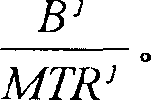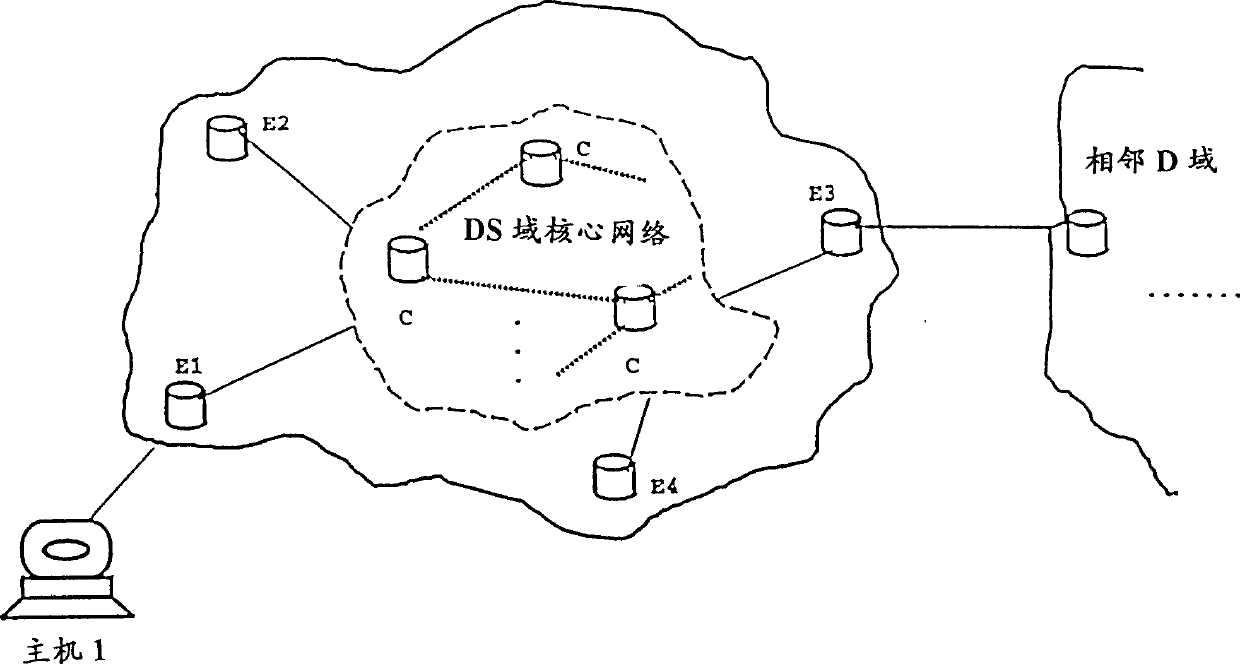Domain based congestion management
A threshold and average queue length technology, applied in advanced technology, digital transmission systems, electrical components, etc., can solve problems such as insufficient processing of burst transmission flow, large buffer occupancy rate, etc.
- Summary
- Abstract
- Description
- Claims
- Application Information
AI Technical Summary
Problems solved by technology
Method used
Image
Examples
Embodiment Construction
[0039]The present invention is Diff-serv domain feedback congestion control called domain-based congestion management (DCM). An improvement of the existing congestion control scheme is to have a shorter RTT between a designated pair of ingress / egress nodes in the Diff-serv domain. This is in direct contrast to the long end-to-end RTT of existing congestion control schemes which always result in large feedback delays for instantaneous congestion periods. Additionally, the present invention is uncomplicated and does not require flow state to be maintained on the core routers. It is thus possible to quickly react to momentary blocking periods which occur locally within the Diff-serv subnet. And specifying a shorter RTT between a pair of ingress / egress nodes can make the detection faster and better utilize the instantaneously available bandwidth in the core Diff-serv domain.
[0040] The present invention improves the Random Early Detection (RED) and Explicit Congestion Notifica...
PUM
 Login to View More
Login to View More Abstract
Description
Claims
Application Information
 Login to View More
Login to View More - R&D
- Intellectual Property
- Life Sciences
- Materials
- Tech Scout
- Unparalleled Data Quality
- Higher Quality Content
- 60% Fewer Hallucinations
Browse by: Latest US Patents, China's latest patents, Technical Efficacy Thesaurus, Application Domain, Technology Topic, Popular Technical Reports.
© 2025 PatSnap. All rights reserved.Legal|Privacy policy|Modern Slavery Act Transparency Statement|Sitemap|About US| Contact US: help@patsnap.com



